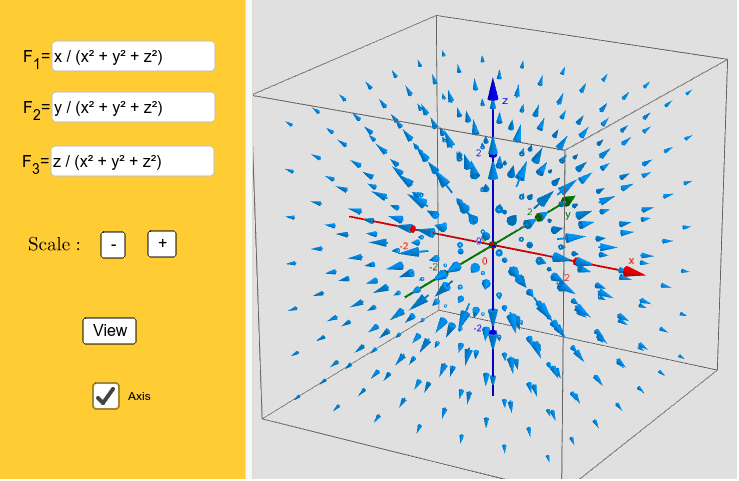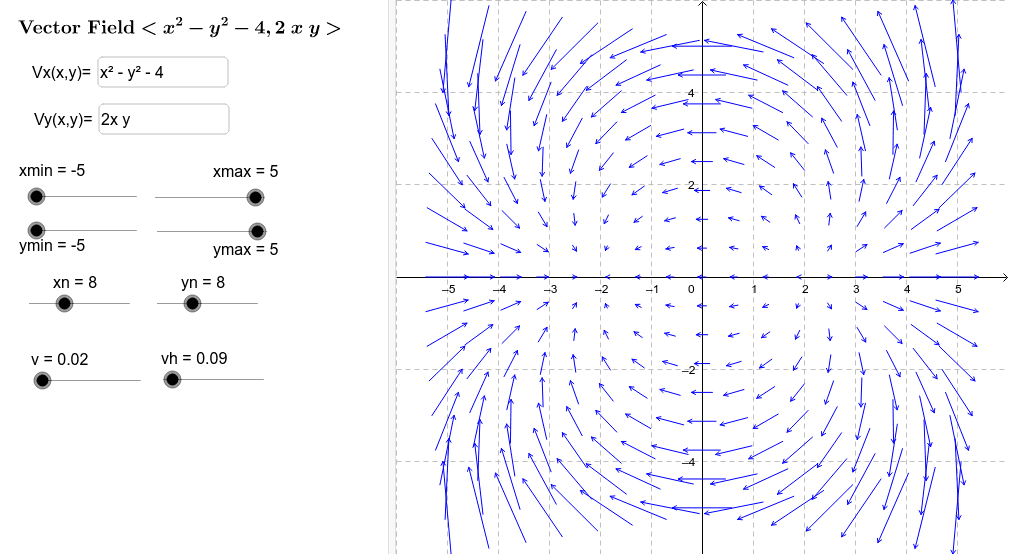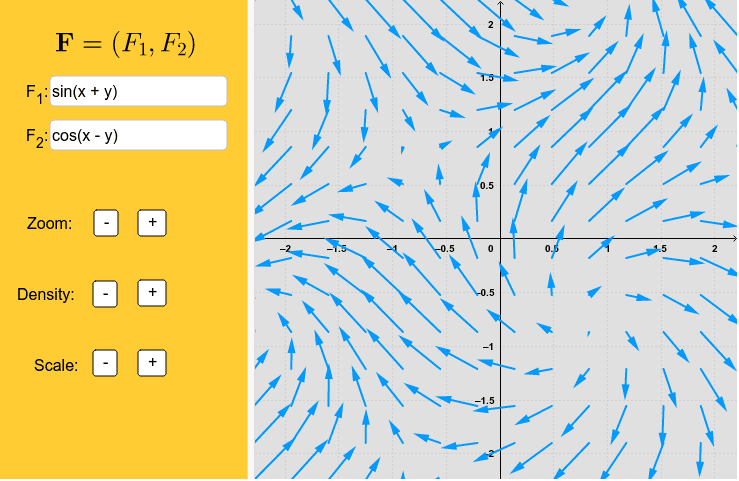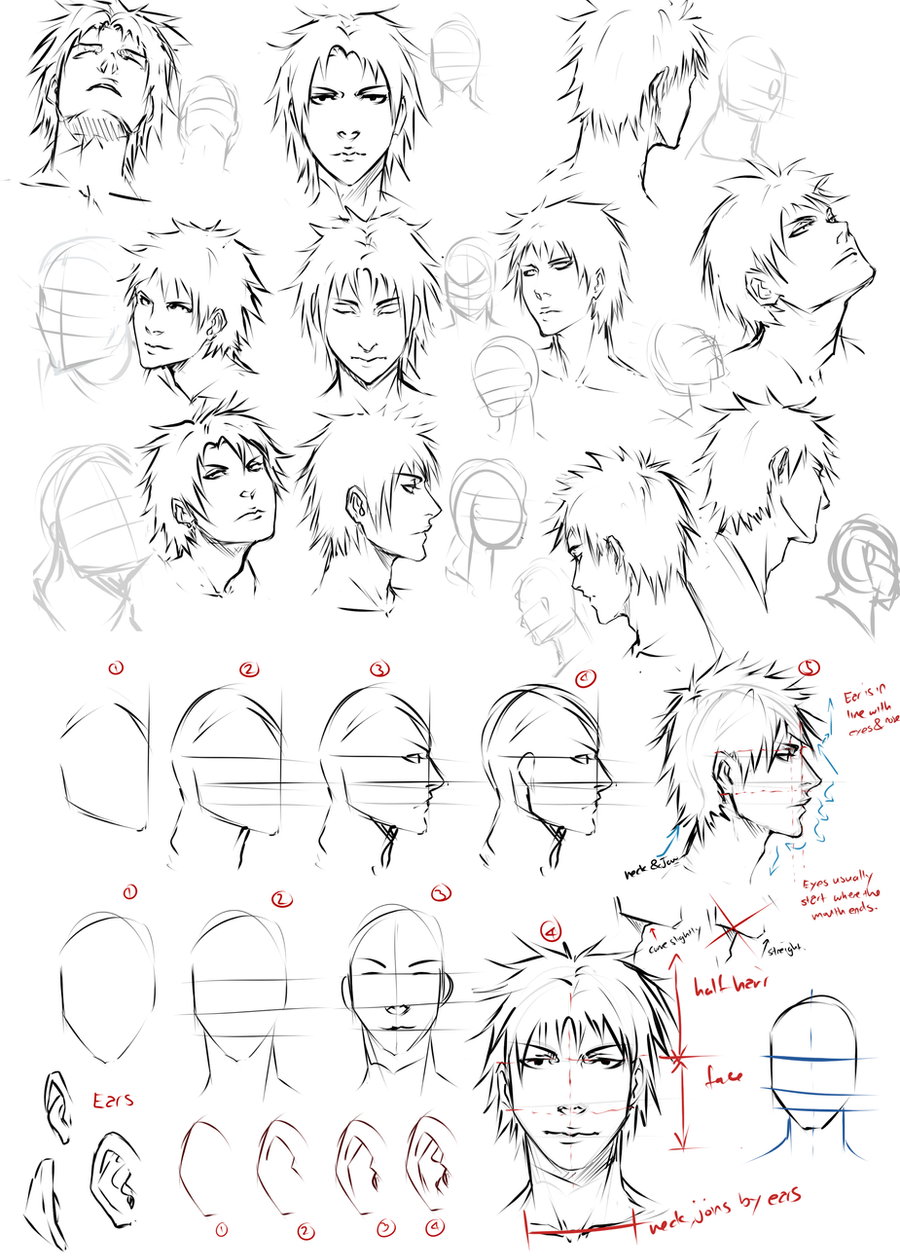Example of sketching a vector field
Table of Contents
Table of Contents
Are you struggling with drawing vector fields for your mathematical assignments? Do you find it difficult to understand the concept of vector fields, or do you get confused with plotting the vectors correctly? If so, then this post is for you. In this blog, we will explain how to draw vector fields in an easy-to-understand way, using step-by-step instructions and examples.
Pain Points of Drawing Vector Fields
Drawing vector fields can be a daunting task for many students, especially those who are new to the concept of vector calculus. Understanding vector fields requires a strong grasp of mathematical concepts such as derivatives, gradients, and partial derivatives. This can be challenging for those who struggle with abstract mathematical concepts. Additionally, plotting vectors can be a complicated and time-consuming process, requiring you to visualize the vectors in three-dimensional space accurately.
How to Draw Vector Fields
To draw vector fields, you need to follow specific steps, which are as follows:
- Firstly, determine the equation of the vector field you want to draw.
- Next, sketch the axes and grid lines that you will use to plot your vector field.
- Mark some points on the grid; these points will be the starting points for your vectors.
- Evaluate the vector function at these points to determine the corresponding vector in the field.
- Use an arrow to represent the vector at each of the grid points.
- Repeat steps 4 and 5 for all the points on the grid.
- Finally, connect the vectors to create a continuous vector field.
Summary of Main Points
In summary, drawing vector fields requires you to follow the seven steps mentioned above. To draw vector fields accurately, you need to have a good understanding of mathematical concepts such as derivatives and gradients. Additionally, plotting vectors correctly requires an understanding of three-dimensional space and the ability to visualize these vectors accurately.
How to Draw Vector Fields - Step by Step Guide
Drawing vector fields can be a challenge, especially if you are not familiar with mathematical concepts such as derivatives and gradients. However, with practice and patience, you can master this technique. Here is a step-by-step guide on how to draw vector fields.
Step 1: Determine the equation of the vector field you want to draw. For example, consider the vector field F(x,y) = xi + yj, where i and j are the unit vectors in the x and y directions, respectively.
 Step 2: Sketch the axes and grid lines that you will use to plot your vector field. Ensure that the axes are labelled correctly to avoid confusion.
Step 2: Sketch the axes and grid lines that you will use to plot your vector field. Ensure that the axes are labelled correctly to avoid confusion.
 Step 3: Mark some points on the grid; these points will be the starting points for your vectors. For example, choose the points (0,0), (1,1), and (-1,-1).
Step 3: Mark some points on the grid; these points will be the starting points for your vectors. For example, choose the points (0,0), (1,1), and (-1,-1).
 Step 4: Evaluate the vector function at these points to determine the corresponding vector in the field. For example, F(0,0) = 0i + 0j, F(1,1) = i + j, and F(-1,-1) = -i - j.
Step 4: Evaluate the vector function at these points to determine the corresponding vector in the field. For example, F(0,0) = 0i + 0j, F(1,1) = i + j, and F(-1,-1) = -i - j.
 Step 5: Use an arrow to represent the vector at each of the grid points. Ensure that the length and direction of each vector are correct.
Step 5: Use an arrow to represent the vector at each of the grid points. Ensure that the length and direction of each vector are correct.
 Step 6: Repeat steps 4 and 5 for all the points on the grid, including any points that you add in between the existing grid points.
Step 6: Repeat steps 4 and 5 for all the points on the grid, including any points that you add in between the existing grid points.
Step 7: Finally, connect the vectors to create a continuous vector field. Your vector field should have a smooth flow, and the vectors should connect seamlessly.
Tips for Drawing Vector Fields
Here are some helpful tips to keep in mind when drawing vector fields:
- Start with simple vector fields to get the hang of the process.
- Choose points that are evenly spaced apart to make it easier to draw the vectors.
- Use different colors for the vectors to make it easier to differentiate between them.
- Check your work regularly to ensure that you are plotting the vectors correctly.
Common Mistakes to Avoid
Here are some common mistakes that students make when drawing vector fields:
- Plotting the vectors backwards; this can be confusing and make your vector field look incorrect.
- Not plotting enough vectors; this can make it difficult to see the overall flow of the field.
- Not labeling the axes correctly; this can make it difficult to interpret your vector field.
Practice Makes Perfect
Drawing vector fields can seem daunting at first, but with practice and patience, you can master this valuable technique. Don’t be afraid to make mistakes; they are a natural part of the learning process. With time and practice, you will be able to draw vector fields with ease and accuracy.
Question and Answer
Q1. What are some common mistakes to avoid when drawing vector fields?
Ans. Some common mistakes to avoid when drawing vector fields include plotting the vectors backward, not labeling the axes correctly, and not plotting enough vectors.
Q2. What are some helpful tips for drawing vector fields?
Ans. Some helpful tips for drawing vector fields include starting with simple vector fields, choosing evenly spaced points, using different colors for the vectors, and checking your work regularly.
Q3. How many steps are there to drawing vector fields?
Ans. There are seven steps to drawing vector fields. These include determining the equation of the vector field, sketching the axes and grid lines, marking grid points, evaluating the vector function, using an arrow to represent the vector, repeating for all points, and connecting the vectors.
Q4. Why is it essential to label the axes correctly when drawing vector fields?
Ans. Labelling the axes correctly is essential when drawing vector fields because it allows you to interpret the vectors accurately. Without correct labeling, it can be challenging to determine the direction and magnitude of each vector correctly.
Conclusion of How to Draw Vector Fields
Drawing vector fields can be challenging, but with practice and patience, you can master this valuable technique. To draw vector fields accurately, you need to follow specific steps, including determining the equation of the vector field, sketching the axes and grid lines, marking grid points, evaluating the vector function, using an arrow to represent the vector, repeating for all points, and connecting the vectors. Keep in mind the helpful tips and common mistakes to avoid when drawing vector fields, and with practice, you will be a pro in no time.
Gallery
Vector Fields - Sketching - YouTube

Photo Credit by: bing.com / vector fields sketching
3d Vector Field Grapher At Vectorified.com | Collection Of 3d Vector

Photo Credit by: bing.com / field geogebra grapher vectorified
Example Of Sketching A Vector Field. - YouTube

Photo Credit by: bing.com /
2d Vector Field Grapher At Vectorified.com | Collection Of 2d Vector

Photo Credit by: bing.com / grapher geogebra
3d Vector Field Grapher At Vectorified.com | Collection Of 3d Vector

Photo Credit by: bing.com / geogebra grapher vectorified applet stojanovska fahlberg thanks





